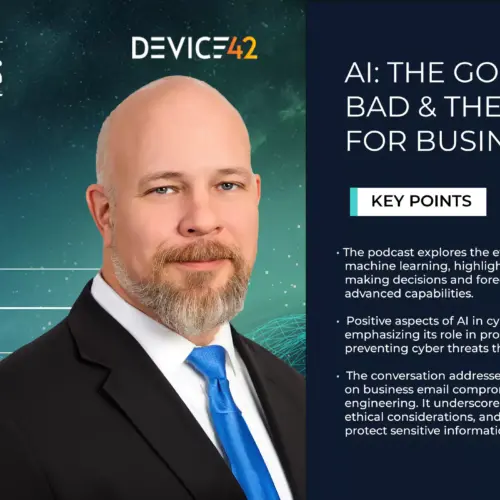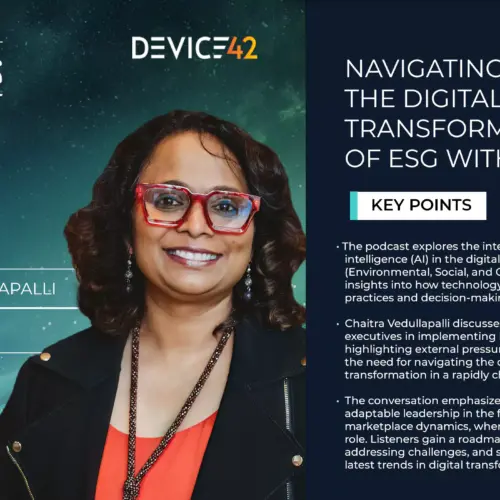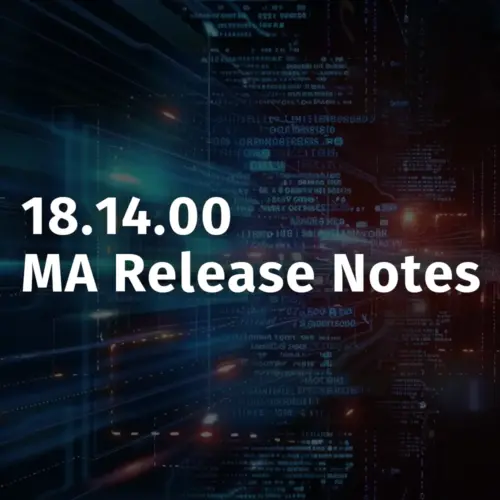
In order to run your business successfully, software licensing and compliance is a significant consideration. Failure to perform due diligence in these areas can result in substantial and unnecessary expenses or even fines.
What is SOX?
More than 18 years ago, the U.S. government crafted the Sarbanes-Oxley (SOX) Act. The purpose of the legislation was to create more effective controls for public companies and increase investor visibility into financial operations.
SOX, as it is commonly known, regulates the internal processes and financial reporting of public companies and their licensed supply-chain partners.
License compliance is essential in today’s economic climate. Over the past few years, business scandals have increased the pressure and need for strict compliance.
To minimize the risk of noncompliance, organizational leaders must collaborate to ensure all departments understand compliance requirements and are adequately prepared for an audit. Both internal procurement staff and external software fulfillment agents should document purchase data for proof of license ownership.
Software that enables this type of collaboration has been designed to facilitate and manage compliance across all departments of an organization.
Luckily, software asset management (SAM) can help reduce compliance risks. By deploying a few SAM best practices, you can eliminate some red flags that auditors look for.
How Can SAM Reduce SOX Compliance Risk?
While you may not be able to entirely avoid a software license compliance audit, you can be proactive to mitigate the impact an audit has on your organization.
SAM is an initiative that focuses on effectively purchasing, deploying, managing, optimizing and retiring software assets and resources. SAM is important for the efficient administration, governance and reconciliation of IT resources used throughout an organization.
SAM Best Practices include:
- Established policies and processes for how the organization uses, distributes and manages software.
- Discovery methods and tools for determining what is installed and/or being used throughout the organization.
- A repository to house software license data, such as contracts and purchase records.
- Centralized procurement processes to reduce the likelihood for software and other IT assets to be over or under purchased.
- A routinely scheduled self-audit process. The process should be based on methodologies used by auditors to identify any areas where the organization is over or under licensed. Here, an added benefit is reduced licensing costs.
Provisions
During an audit, companies must prove that these compliance measures have been in place for at least 90 days. Companies must also disclose any incident relating to a breach in security, the resulting damage and the steps taken to resolve the incident.
Companies are finding that software is helpful for tracking security incidents and resolution details.
Being proactive is critical when it comes to compliance reporting. Knowing what to expect and adapting management and documentation procedures accordingly will result in a much easier compliance audit when the time comes.
Dig Even Deeper
SOX compliance can feel overwhelming, though in fact many feel the legislation set the bar too low when considering the many vendor risks surrounding information security management.
Organizations seriously interested in and dedicated to protecting its resources and data should dig even deeper.
Culture Shift. SOX compliance should be viewed as a starting point rather than an end point. Information security processes and procedures should be closely reviewed and strengthened to ensure your organization is operating with best practices.
Higher Standards. As organizations strive to balance the evolving cyber threat landscape with business requirements, many are going beyond SOX compliance. Consider minimizing cybersecurity risk even further by implementing the voluntary NIST cybersecurity framework to achieve best-in-class threat protection.
Internal audits. Companies looking to take vendor security management to the next level should conduct internal audits and design security standards that address areas including workflows, authentication, change management, reporting and risk assessment. As technology continues to evolve rapidly, these audit procedures should be reviewed and updated often.
Reconsider security placement. According to Forrester, “Moat and castle strategies ignore threats and compromise assets inside the castle. A way to think about cyber threats is to assume you have already been compromised; you simply don’t know it yet. That is the necessary mindset in today’s hostile environment.”
Perimeter security is simply not enough. Data must be dynamically monitored as it travels in, out and throughout your organization and your vendors.
Final Thoughts
IT asset managers are charged with tremendously challenging tasks each day. As they work to maintain compliance, SAM tools can help lighten the load.
Contact Device42 for a free demo today.



